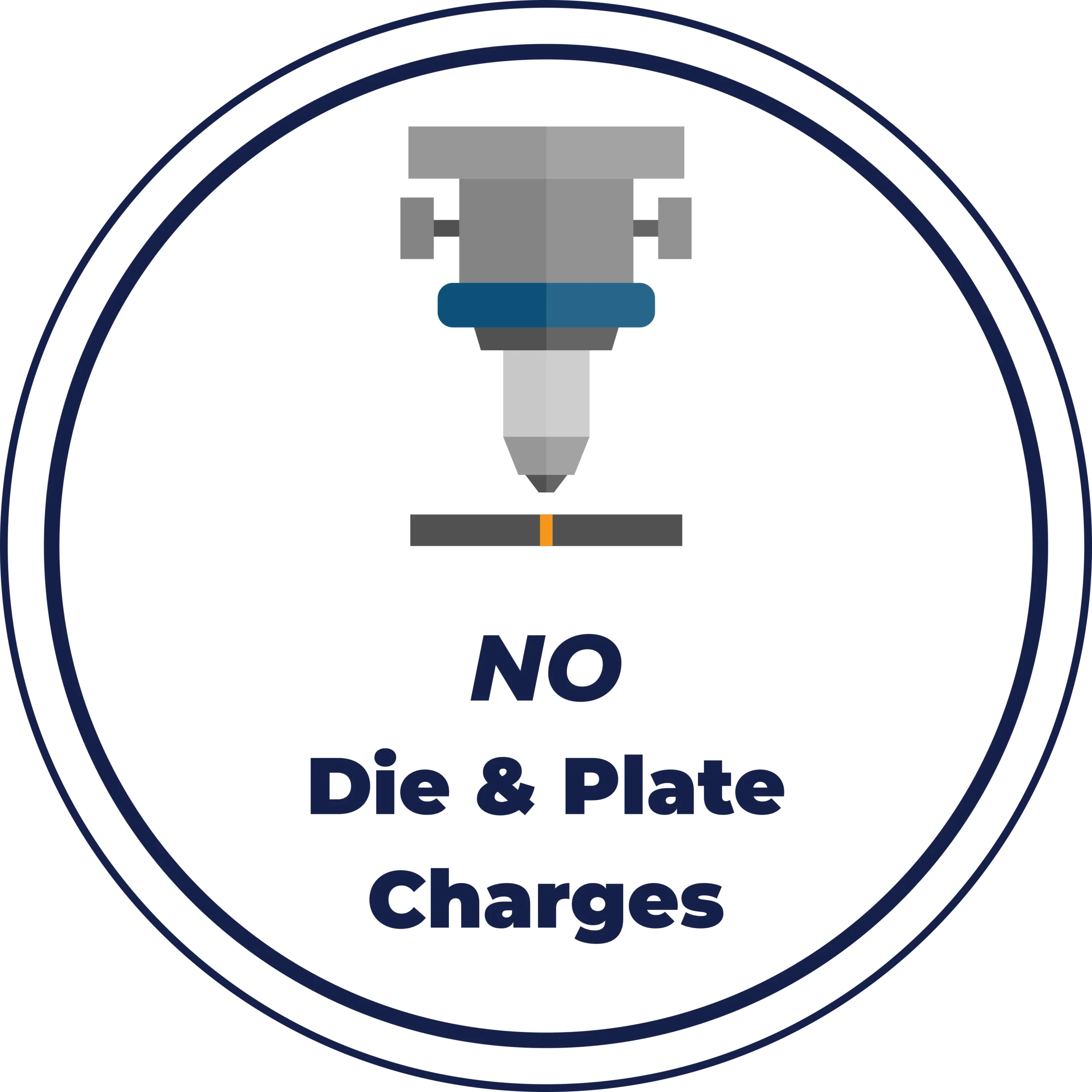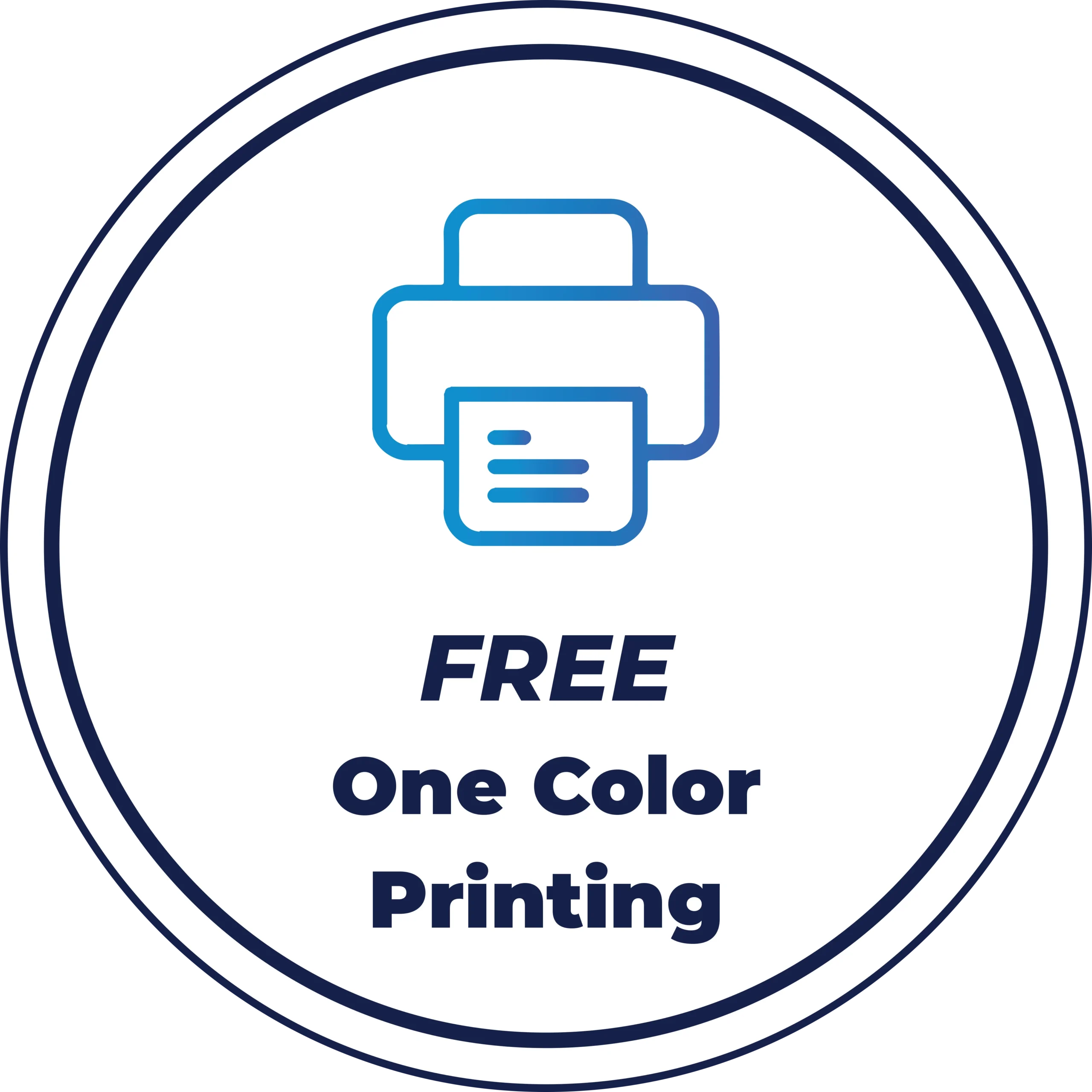There are different packaging options when you are looking to pack and present your products effectively. However, flexible packaging and rigid packaging are the most popular options to safeguard a variety of products during storage and transportation.
Both packaging options include similar protective features to enhance the safety of products. However, these packaging solutions are also distinctive from each other based on expenses, material options, durability, eco-friendliness, and environmental effects. Therefore, you need to explore the major differences between rigid and flexible packaging.
A packaging crafted from durable and sturdy materials to house different products is known as rigid packaging. The presence of rigid materials like metal, glass, cardboard, and sturdy plastics enables custom business packaging to avoid different external factors such as breakage or bending.
Rigid containers are ideal to ensure the integrity of different products, particularly fragile items. Rigid examples include plastic containers, metal tins & cans, cardboard & paperboard boxes and glass jars & bottles.
It is more expensive due to the use of high-quality materials and production processes. Branding package cost increases depending on material and branding options. This packaging is available in customizable yet fixed dimensions to fit specific products. It offers excellent protection against external factors due to higher durability. Moreover, it is bulkier or heavier packaging that takes up more space and boosts shipping costs.
You can customize this packaging in terms of finishes, shapes, and designs while using high-quality printing options. The premium look allows you to incorporate sophisticated branding elements. This packaging type also usually offers excellent safety against air, light, and moisture.
Packaging manufactured from flexible packaging materials that can be folded or bent without breakage is known as flexible packaging. The use of materials like laminated paper, plastic, foil shows that packaging can be deformed due to pressure. Flexible packaging belongs to malleable packaging.
These types of packaging are glued or heat-sealed to ensure ideal protection for the single-use purpose. The examples of flexible packaging include bubble wrap, paper bags, and plastic bags & pouches.
Flexible packaging is a cost-effective option due to the use of thinner and bendable material in a simple production process. This versatile packaging is available in different shapes and sizes, and it can be adapted to various product dimensions. Packaging durability is less than rigid packaging and is susceptible to tears.
It is a lighter packaging, takes less space, and lowers shipping costs. This packaging comes with different customization options in terms of design and print. There are excellent branding options with premium printing choices. You can consider special barrier films to safeguard products against UV light, oxygen, and moisture.
Packaging pros and cons of flexible and rigid containers help you make a better decision.
Rigid containers are ideal for protecting and presenting different products:
Plastic is a flexible material being used in packaging for different products.
Rigid and flexible packaging containers are used to secure and preserve the different consumables and food items. Rigid packaging ensures fabulous product protection during storage and transportation. Food flexible packaging acts as secondary packaging ensuring additional safety.
For example, Godiva uses premium and rigid boxes to pack and present the premium chocolates. Godiva also utilizes flexible packaging to maintain the freshness of ready-to-consume chocolates. Flexible food packaging materials, like a shrink film, seal pizzas to maintain freshness. Therefore, a combination of flexible and rigid packaging can protect food products effectively.
Rigid packaging is a recyclable and protective option, ensuring minimal waste while keeping products safe from different contaminants like light and heat. It needs substantial resources and energy for production.
Flexible packaging is a compact and lightweight option, taking less space during storage and transportation. It needs less energy and resources for production.
Flexible packaging is a common choice because businesses and customers have become more aware of the environmental impact. However, rigid packaging is used for products that cannot be packed in flexible packaging.
For a deeper understanding about the environment friendly packaging, read this detailed blog : Sustainable Packaging and its Importance
Product and shipping costs are lower for flexible packaging. Consumers can easily handle this packaging due to its lighter weight. Moreover, the convenience of this flexible packaging offers the easiest pouring. Flexible pouches are available in different shapes and sizes for different applications in various industries. Therefore, it is a better option than rigid packaging.
| Factors | Rigid Packaging | Flexible Packaging |
| Production Cost | High | Low |
| Durability | High | Low |
| Transportation Expenses | High | Low |
| Emission of Carbon Dioxide | High | Low |
| Recyclability | High | Low |
| Ratio of product and packaging | Low | High |
| Brand Promotion on Shef | Low | High |
| Chemical Resistance | High | Low |
The choice of streamlined packaging depends on brand and product requirements. Rigid packaging is ideal for fragile and heavier products, whereas flexible packaging is a convenient option for single-use purposes. However, Rigid boxes are not ideal for businesses with space concerns.
Flexible packaging is not a perfect option due to lower recyclability and environmental impact. Therefore, you must choose a packaging depending on your requirements. Let’s contact The Box Zilla to buy the ideal packaging for your business.









© The Box Zilla 2025 — All rights reserved